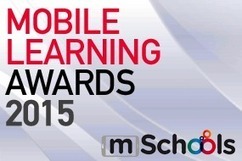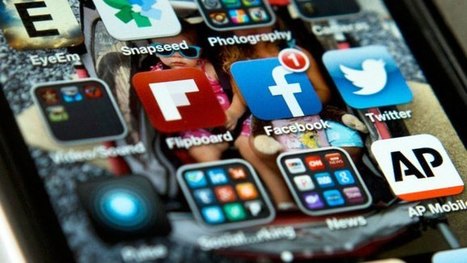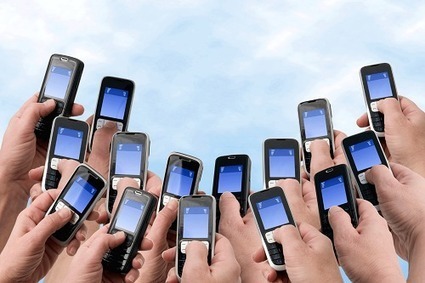Get a Free PDF Download on Mobile Learning and Mobility! Get the Free eBook - Mobile Learning: Let’s Not Phone It In!, by Upside Learning.
Get Started for FREE
Sign up with Facebook Sign up with X
I don't have a Facebook or a X account

 Your new post is loading... Your new post is loading...
 Your new post is loading... Your new post is loading...

Tony Guzman's curator insight,
December 31, 2015 11:08 AM
This is a good article sharing the author's take on where we are today in mobile technology. Agree or disagree? 
Farid Mheir's curator insight,
January 6, 2016 9:36 AM
No surprise but great list of reference reading for the new year.

Eric_Determined / Eric Silverstein's curator insight,
November 11, 2014 11:43 PM
"With more mobile devices than humans and over one billion people participating in social networks, today's customers are more networked and better informed than ever." 1. Be Part of the Conversation across all Channels 2. Use Analytics for Insight across Platforms 3. Personalize every Interaction 4. Build on previous #customer #experiences 5. Become a Predictive Business Which brand currently connects well across your buyer journey?

EDUCACIÓN FUNDACIÓN TELEFÓNICA's curator insight,
August 9, 2014 4:58 AM
Los dispositivos móviles nos ofrecen la posibilidad de combinar la movilidad geográfica con la virtual, lo cual permite el aprender dentro de un contexto, en el momento en que se necesita y explorando y solicitando la información precisa que se necesita saber. El proyecto piloto Mobile History Map del programa m-Schools es un claro ejemplo de aplicación en el aula de esta tendencia. Algunos de los centros educativos más innovadores están habilitando oportunidades de aprendizaje en su currículum aprovechando el entorno que rodea a la escuela como fuente de conocimiento. Los aprendizajes basados en el territorio adquieren mayor sentido y significado para el alumnado al poderlos vincular y aplicar en su entorno real.

Vittori's curator insight,
October 23, 2014 5:57 AM
Pour comprendre : e-learning et aujourd'hui mobile learning.

Ness Crouch's curator insight,
April 6, 2015 9:52 PM
Education is constantly changing. How are you coping with mobile learning? |

Ricard Garcia's curator insight,
May 27, 2015 1:30 PM
I agree 100%... time to make a move and assume we must change the tide and turn fears into challenges

George Horton's curator insight,
March 25, 2015 10:53 PM
Pew Research Center's Internet & American Life Project, (2014). Three Technology Revolutions. [online] Available at: http://www.pewinternet.org/three-technology-revolutions/?__scoop_post=3ddc9d00-d320-11e4-f147-90b11c3998fc&__scoop_topic=4158058#__scoop_post=3ddc9d00-d320-11e4-f147-90b11c3998fc&__scoop_topic=4158058 [Accessed 26 Mar. 2015]. In this article, the author "Pew Research" reviews the impact of the internet and the exponential growth its had since the introduction of broadband capabilities. The authors use data obtained in studies to show the growth of internet users since the introduction of broadband, to try and identify the internets growth since broadband speeds have become available. Their research focuses on gaining access to internet users and broadband users. This article is useful to my own research as it describes to trend of internet today and its projected users in the future. Given this the authors show that the impact on internet users has dramatically increased since the introduction of broadband and is a major trend in today's industry, and is projected to be so in the future.
Justin Hiu's curator insight,
March 26, 2015 7:14 AM
The internet and mobile phone allow more people to interact and connect differently. Within the next 5 to 10 years it will most likely become more advanced, continue to be important and able to help and provide people with information or services.

Martin (Marty) Smith's curator insight,
December 8, 2014 9:37 AM
Liked and agreed with all 6 of these 2015 Web Design Trends when I read the post without the infogfpahic. Infographic helps and I bet wil get more shares :). M 
malek's curator insight,
December 8, 2014 11:24 AM
I like“Card” design, no, it\s not new, but I find it a good tool for designers working on responsive websites. Cards are a great way to keep things modular

EDUCACIÓN FUNDACIÓN TELEFÓNICA's curator insight,
July 30, 2014 4:15 AM
La convocatoria de SIMO Educación a docentes de toda España para compartir sus experiencias TIC en SIMO Educación ha recibido 150 propuestas, de las cuales, 20 han resultado seleccionadas para ser presentadas durante la feria. Robótica, Gamificación, ABP, Flipped Classroom y Lenguaje Audiovisual son algunas de las temáticas abordadas. Los docentes y experiencias seleccionados para presentar una ponencia son los siguientes:

Carlos Bisbal's curator insight,
March 6, 2014 10:09 AM
Cómo construir paso a paso una campaña de marketing móvil.
Éstas son algunas de las claves que se han de tener presentes en el desarrollo de una campaña de marketing móvil, sin descuidar nunca la atención al cliente. Actualmente, el elevado grado de penetración de los dispositivos móviles ha impulsado su integración en las campañas de comunicación y marketing de las empresas. El mobile marketing se ha hecho indispensable para nuestras campañas, por lo que resulta necesario saber que es lo que deberíamos hacer para llevarlas a buen puerto. |





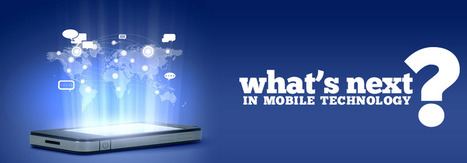





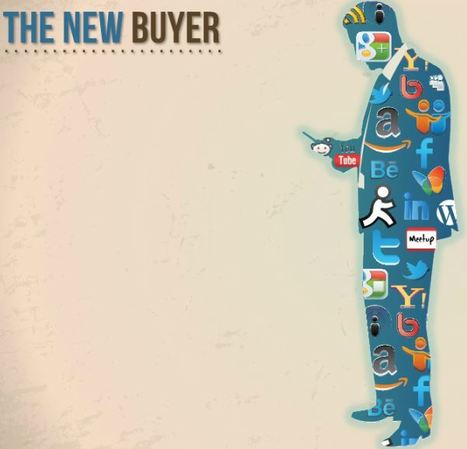


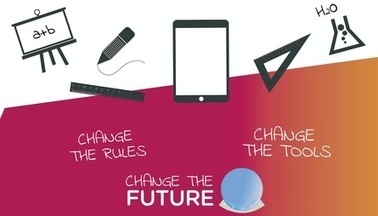

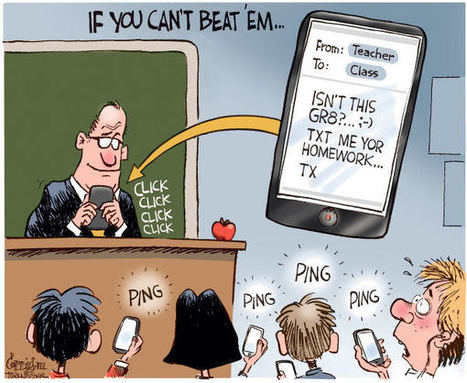










![Web Design Trends 2015 [Infographic] | E-Learning-Inclusivo (Mashup) | Scoop.it](https://img.scoop.it/L41KKlVHAbH6NFwnMzAQbDl72eJkfbmt4t8yenImKBVvK0kTmF0xjctABnaLJIm9)
